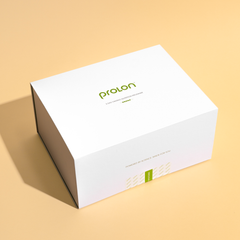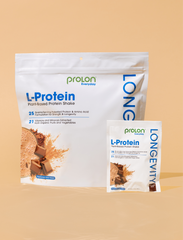What is intermittent fasting (IF)?
Intermittent fasting can be defined as fasting for less than 2 days. Time-restricted eating, the 5:2 diet, and alternate day fasting are all included under the umbrella term of IF (see also the TRE question and answer below).
While there are a variety of fasting methods within the category of IF, they are all based on eating patterns that alternate between intervals of eating and fasting.
a. What is Time Restricted Eating (TRE)?
The most popular form of intermittent fasting now being practiced, time-restricted eating emphasizes the timing of your meals. During this type of fast, eating is limited to a certain number of hours each day. Rather than focus on calories and foods, TRE puts limits on the amount of time spent eating. Someone following a TRE program will only eat during a specific window of time each day. By shortening the number of hours you eat during each 24-hour cycle, you’re likely to consume less food and thus take in fewer calories. Because TRE focuses on when you eat as opposed to what you eat, it can be paired with other food-specific diets for enhanced results.
Types of TRE diets include 12:12 Circadian which is very common, and during which you eat for 12 hours, and fast for 12 hours each day. Circadian Rhythm or Day and Night rhythm is an imprinted clock in our organs and systems, and respecting it by not eating during the night mirrors this internal clock. This discovery was awarded the Nobel Prize in Medicine in 2017. Circadian TRE balances periods of food intake with periods of no food intake so that the body spends the calories it ingested rather than being in frequent periods of calorie intake and storage in the form of fat, which could result in obesity. For example, you might observe this version of fasting by not eating between from 8pm to 8am which could help you maintain a healthy body weight.
The 16:8 diet is fasting for 16 hours and eating for 8. At this point in time, without conclusive data, it is unknown if this type of fasting is more or less suitable than other fasting methods for people who are concerned with better weight management.
Potential challenges include an extra 4 hours (12-16 hour) of no food ingestion, which could lead to health risks.
b- What other types of IF are there?
These include primarily OMAD (one meal a day), the 5:2 Diet, and the Alternate Day Fast (ADF). Also known as ‘The Warrior Diet’, OMAD is practiced as long-term habit and typically requires a work-up period of 16:8s, 20:4s, and 24-hour fasts. The 5:2 focuses on fasting during specific days of the week. For this approach, individuals will eliminate or severely restrict their calories for two (non-consecutive) days of the week and then resume their normal diet for the other five days. Finally, the basic premise of ADF is to fast on one day and eat what you want the next day, repeating the cycle throughout the week. Some modified ADF approaches allow you to consume up to 500 calories for women, and up to 600 calories for men on your fasting days.
c- What is the difference between IF and Prolonged Fasting (PF)?
The difference between intermittent fasting (IF) and prolonged fasting (PF) like ProLon is that, whereas IF involves fasting intervals anywhere from 12 to 24 hours, PF generally refers to fasts lasting longer than 48 hours. With the shorter fasting intervals characteristic of IF, the body crosses the threshold from using glucose from the most-recent meal to using its own internal energy stores and doesn't trigger a true cellular stress-resistant fasting state. With the longer fasting intervals of PF, the main source of fuel switches to fat, which is part of the reason PF is such an effective way to melt those inches off your waistline, and your cells enter a fasting clean-up state.
d. Do I need to do Time Restricted Eating (TRE) while on ProLon?
Between cycles of ProLon, you can consume your food between your fasting windows in adherence to a TRE if you want to, but you don’t need to do TRE when doing ProLon. You are already getting benefits of TRE and beyond when you do a ProLon fast.








